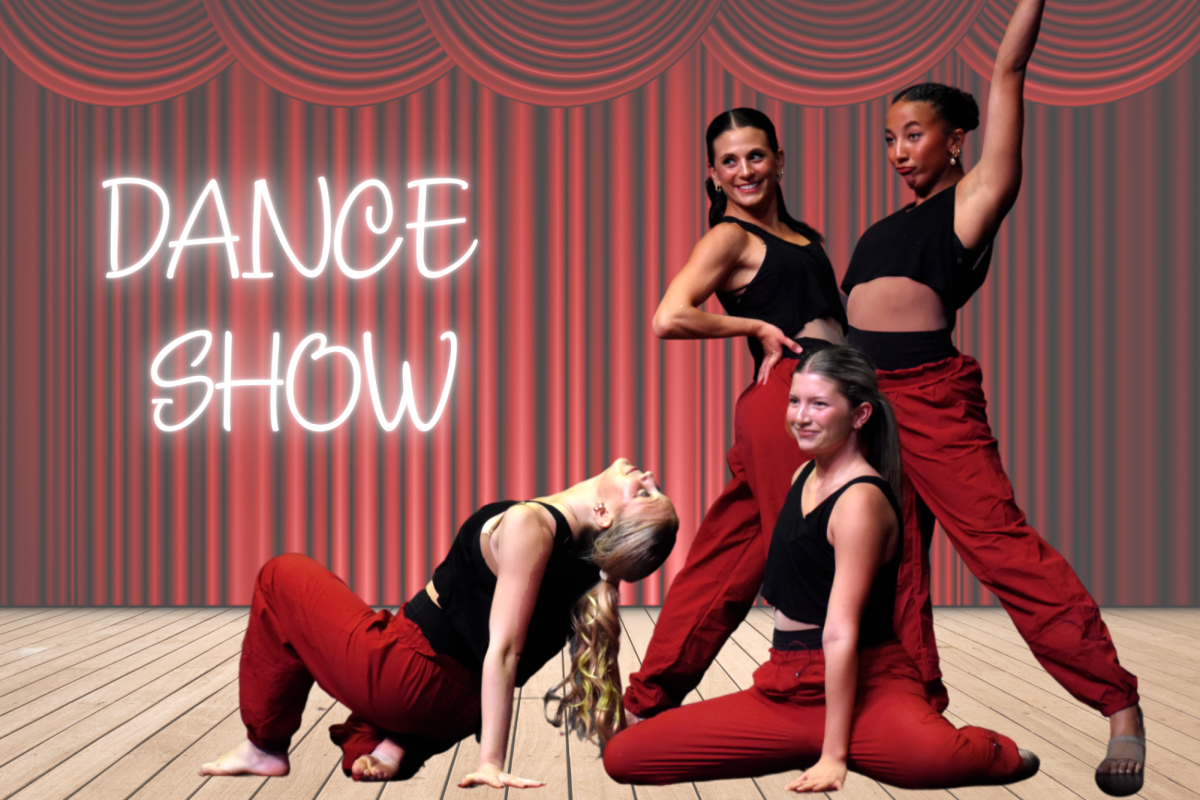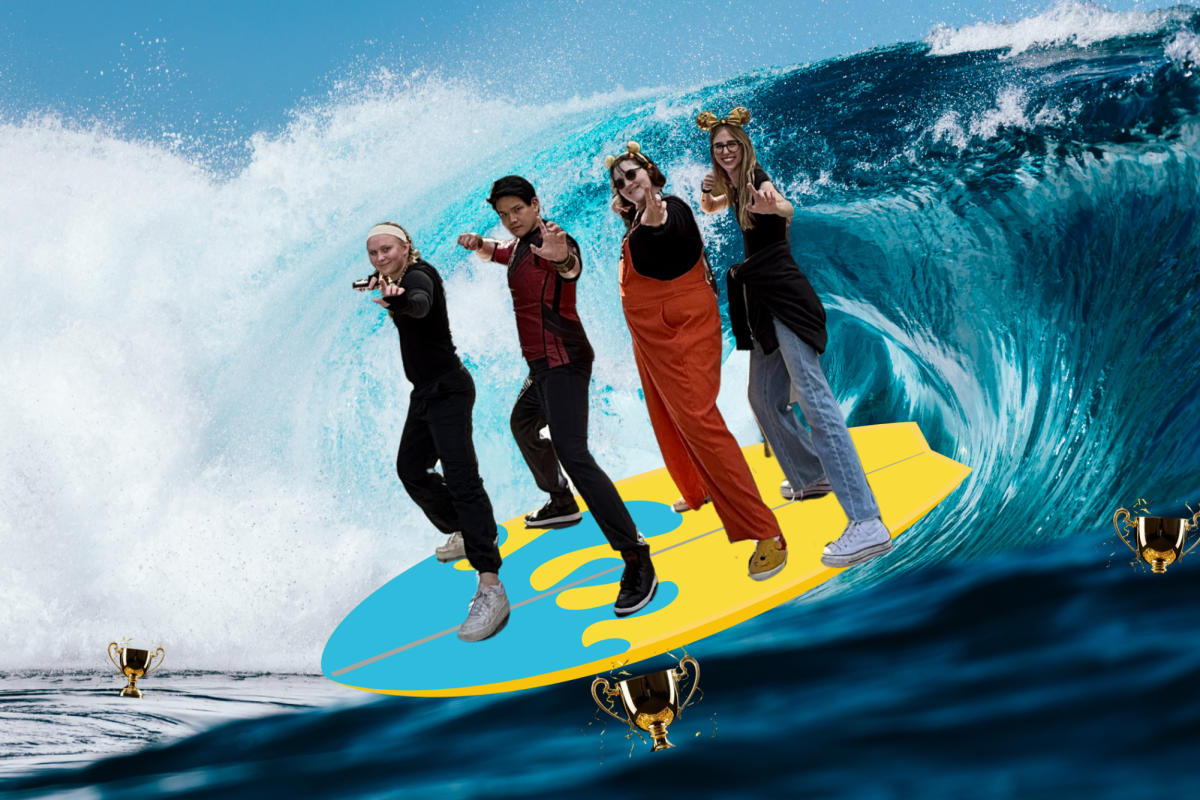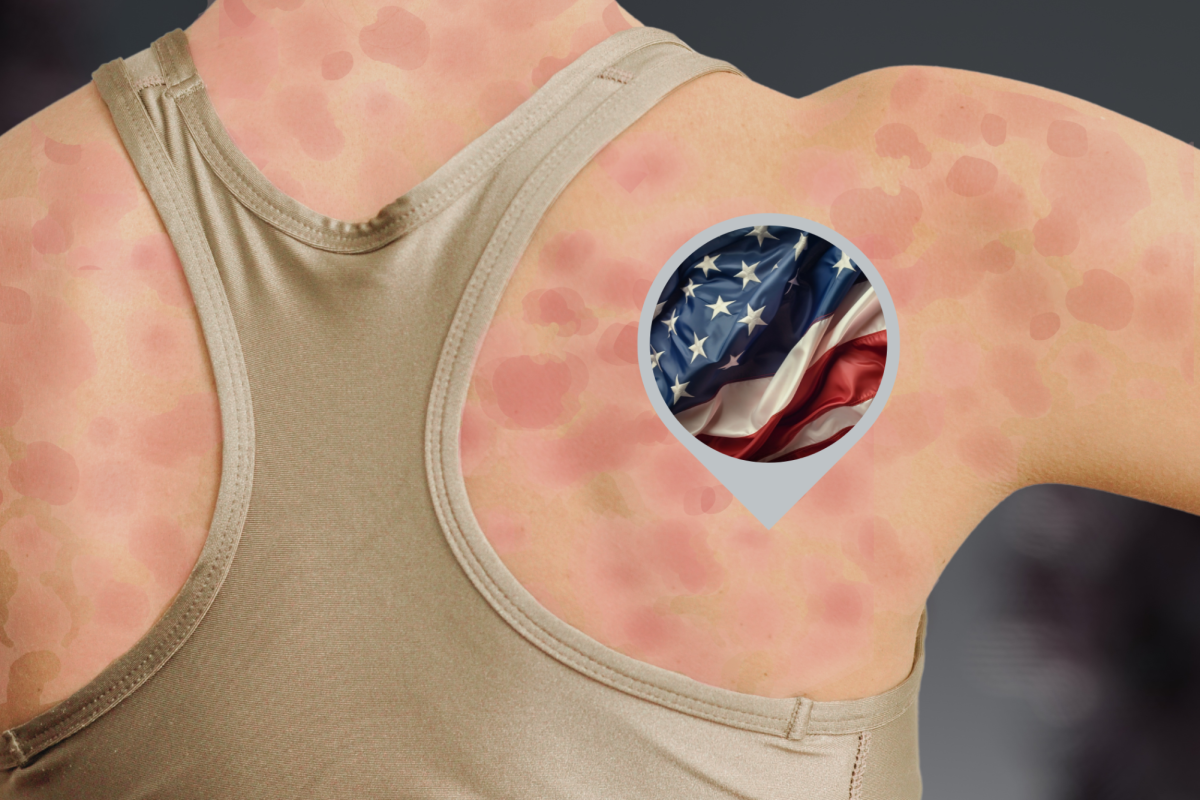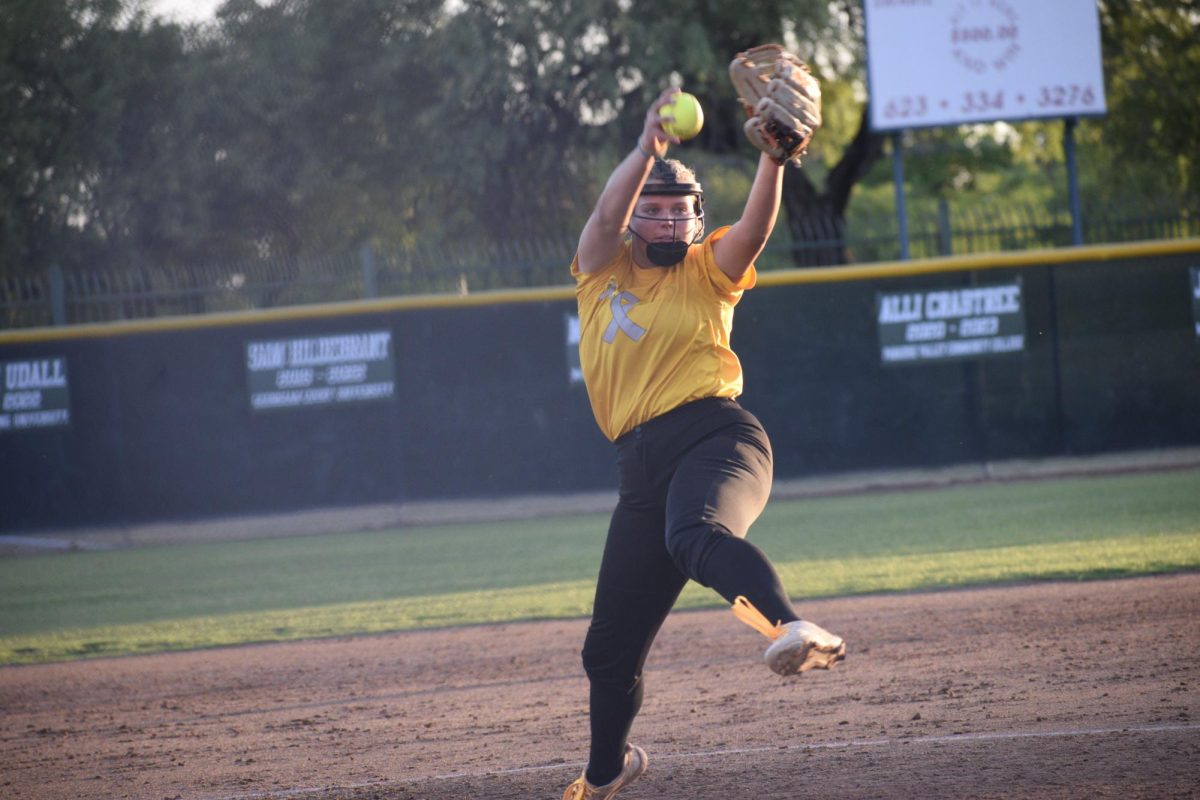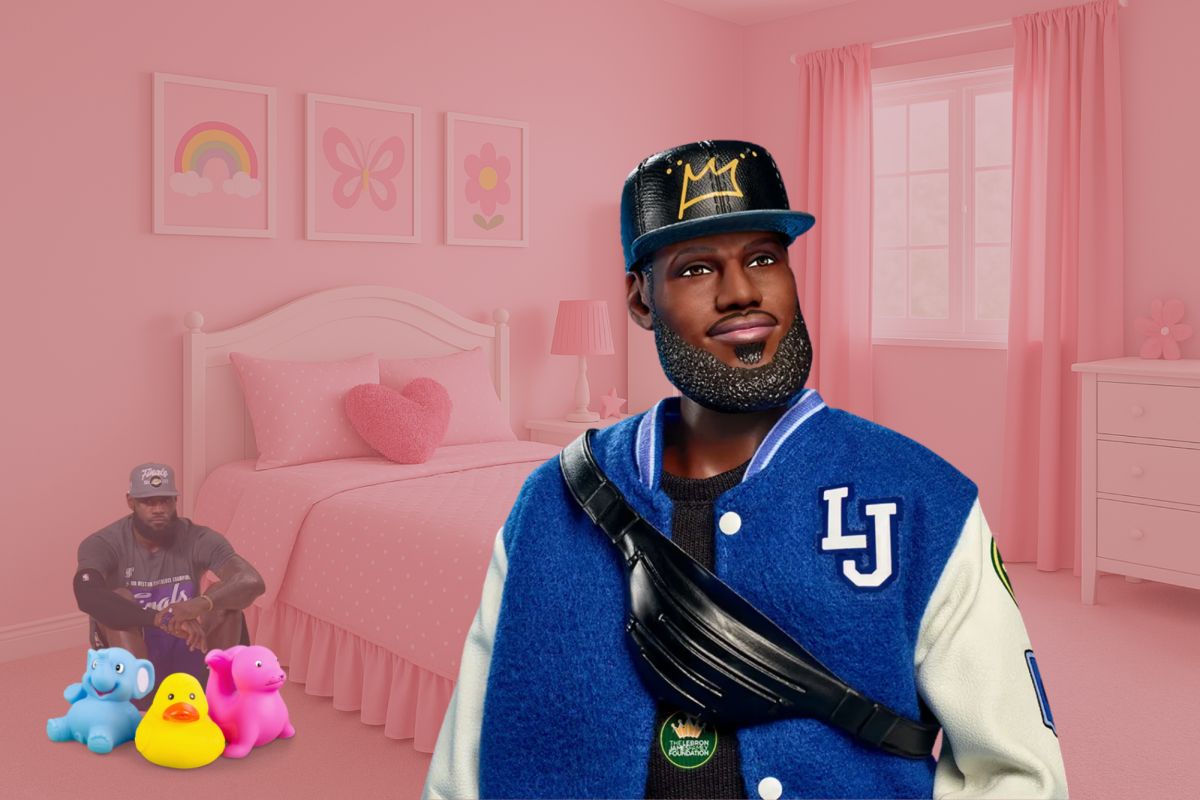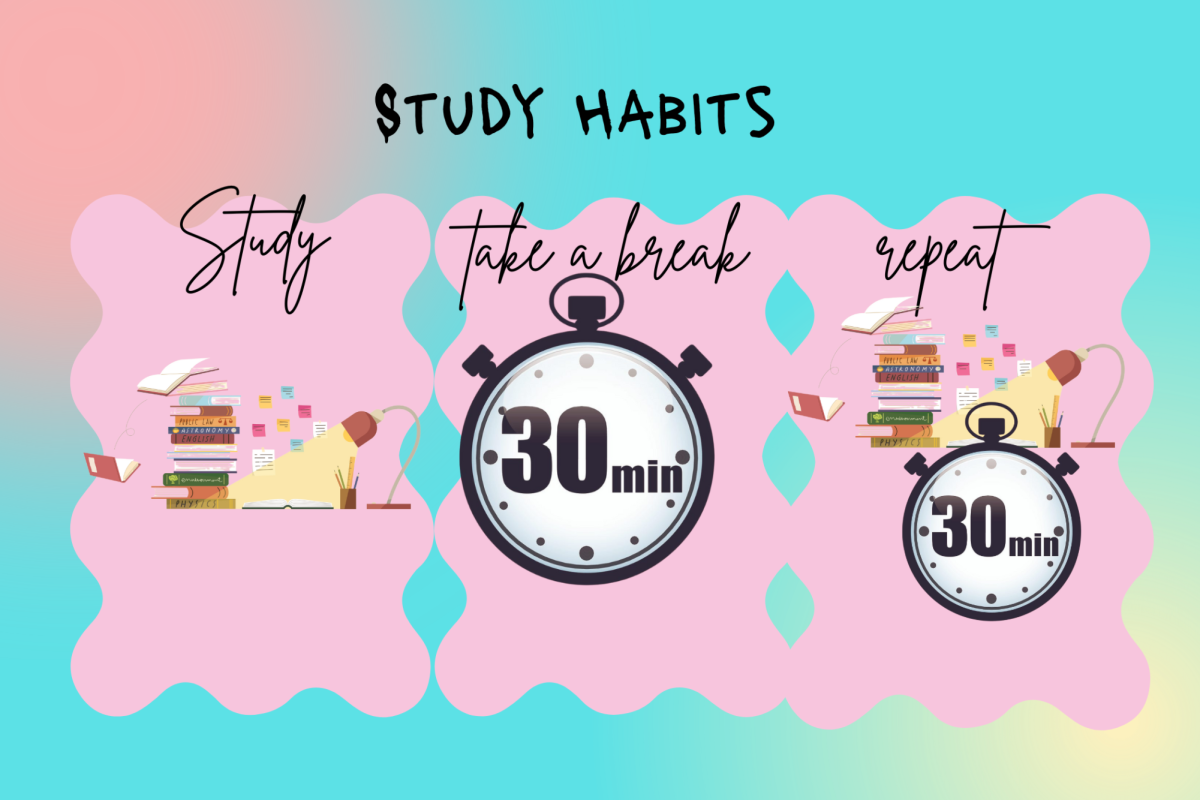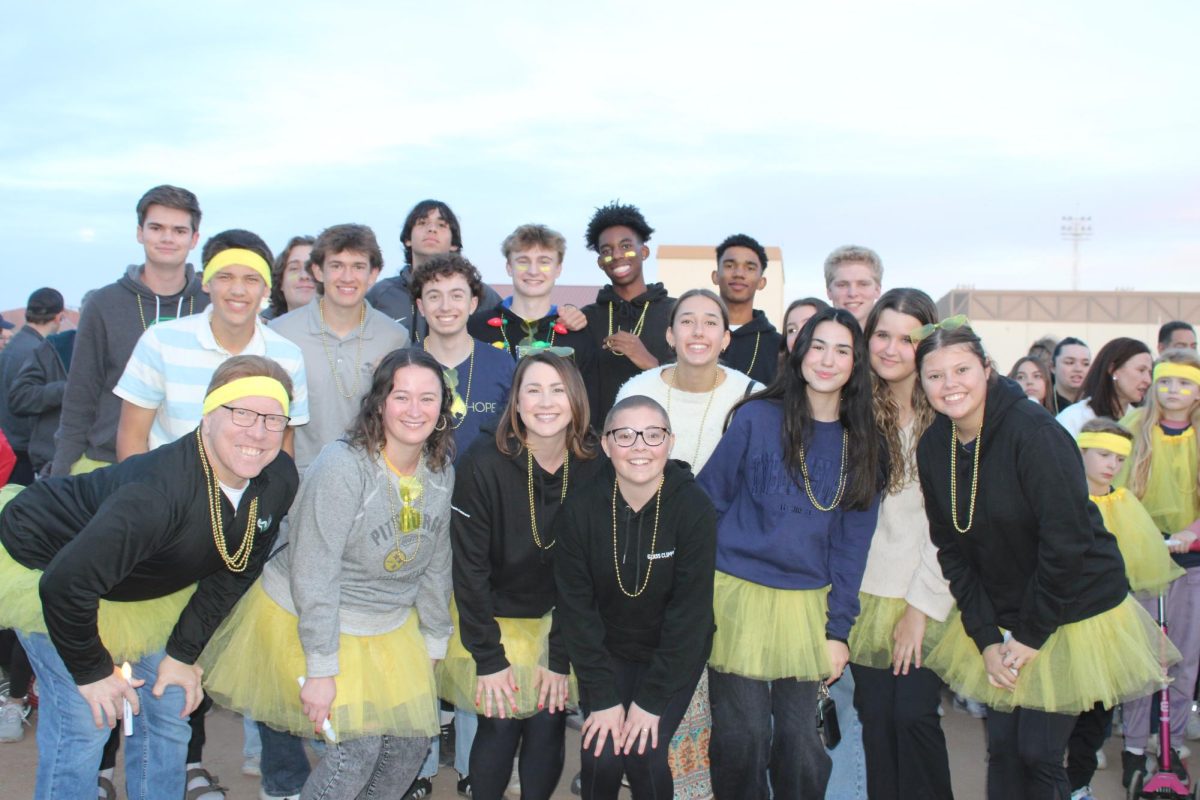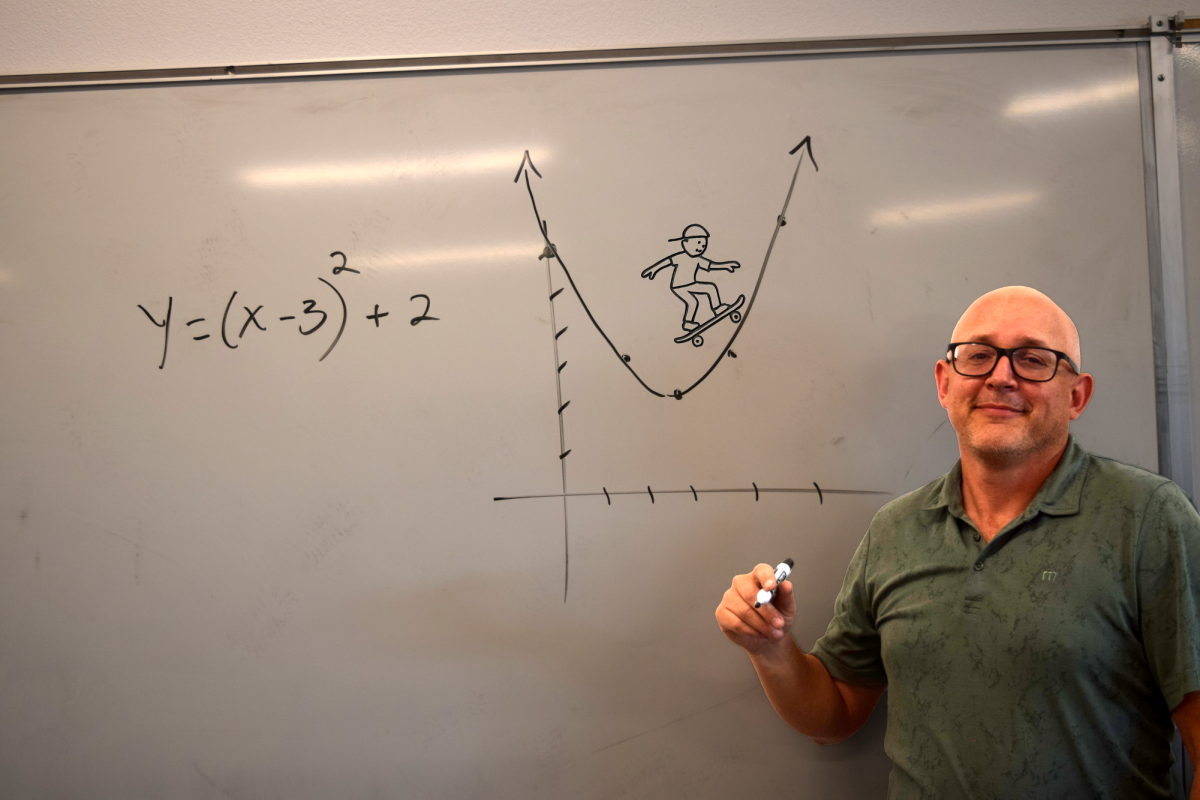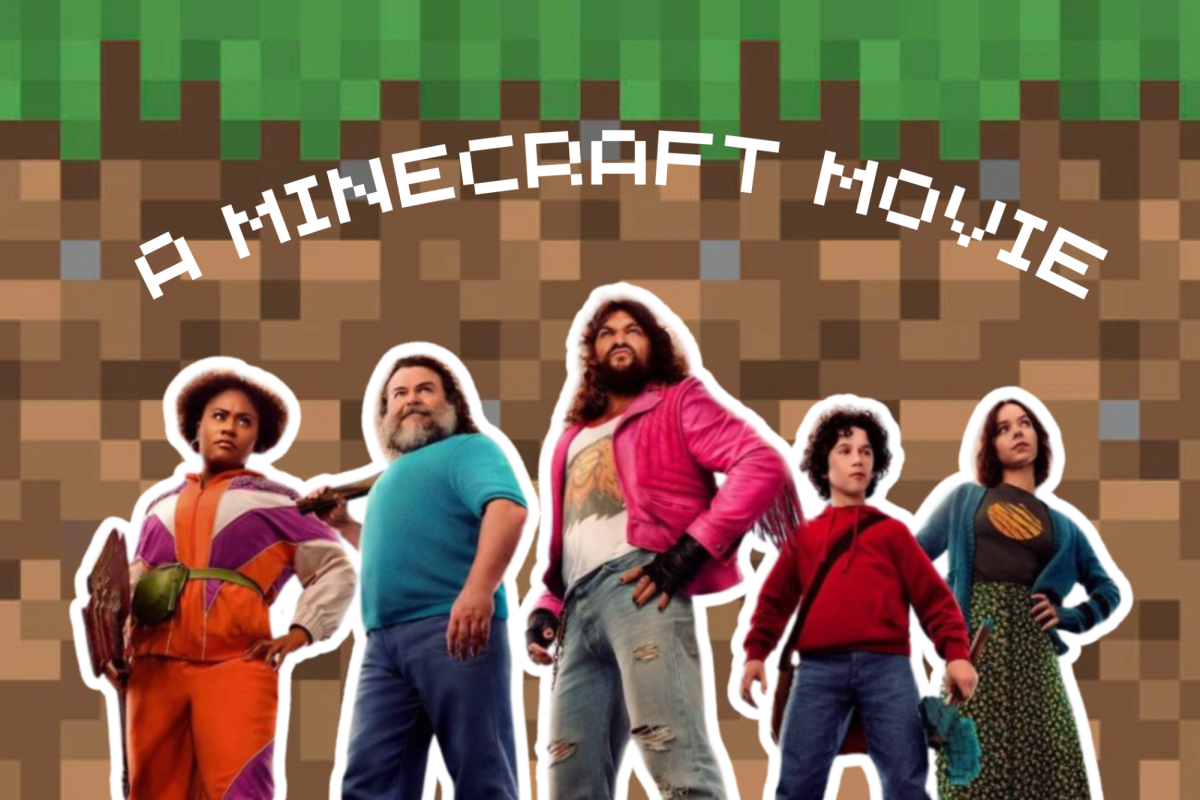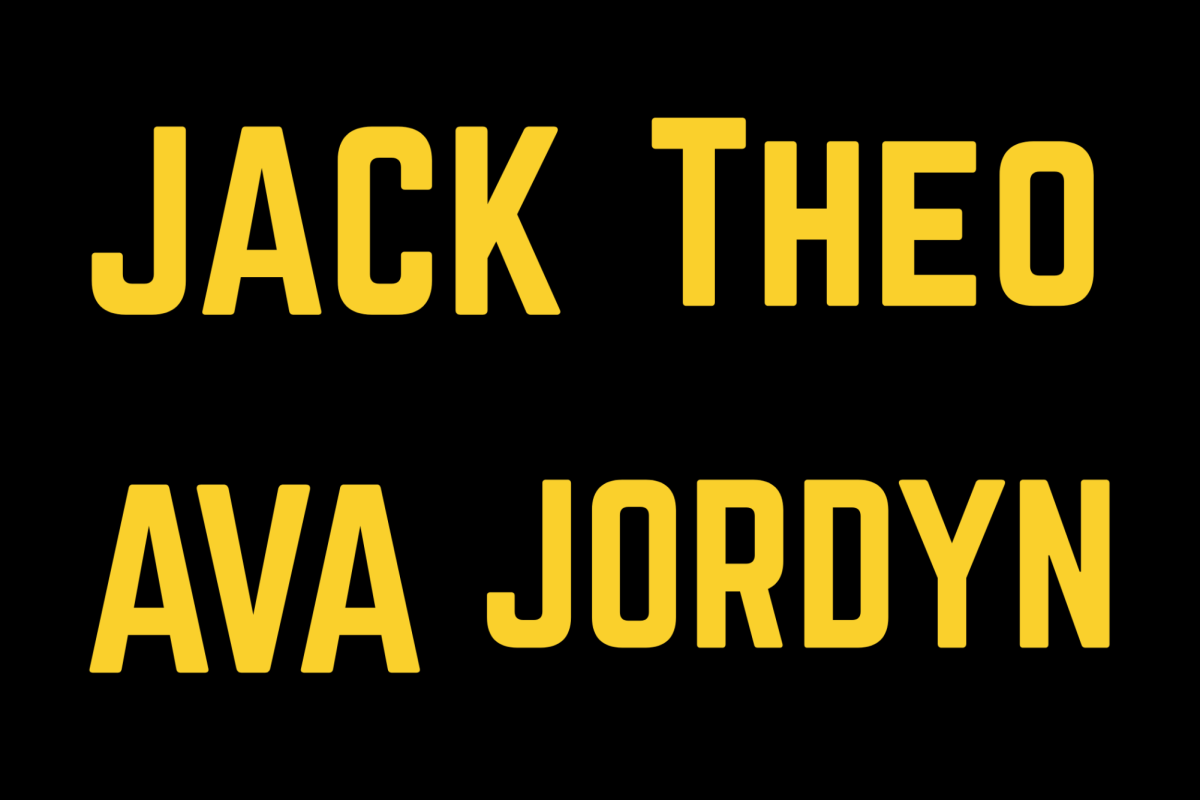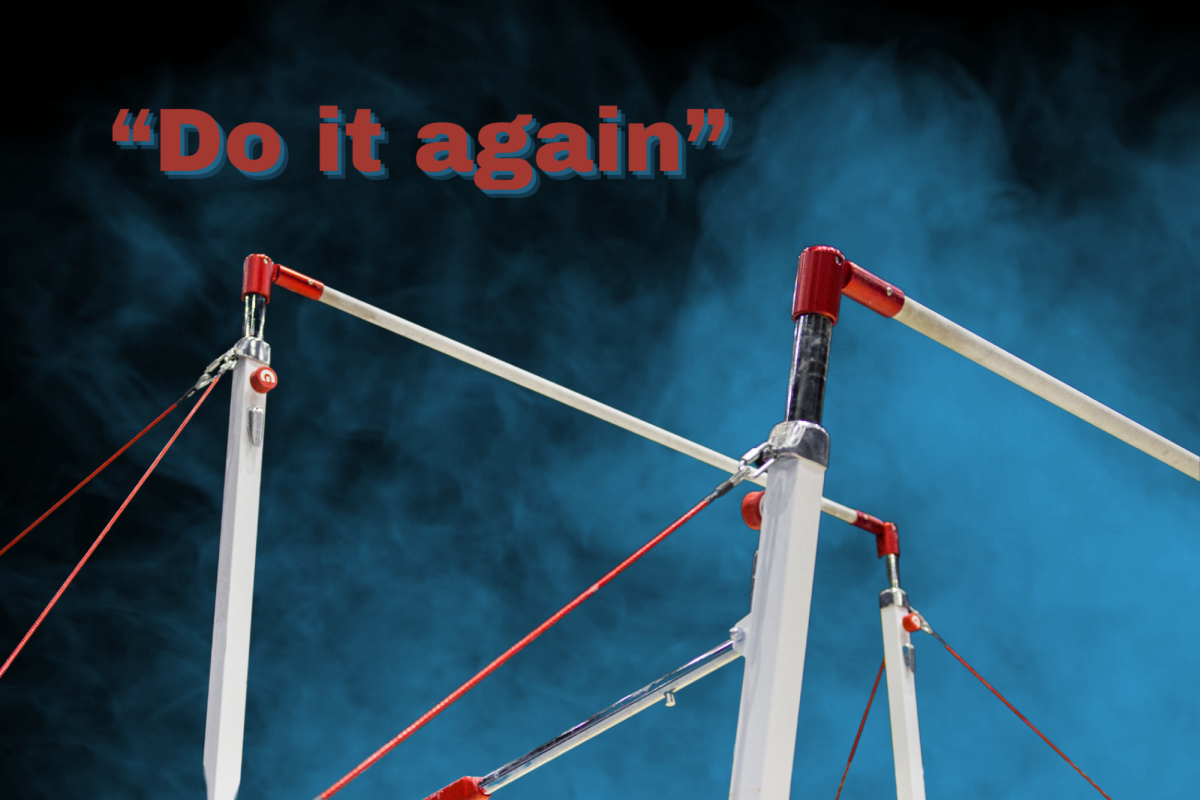A girl no older than 13 stood underneath the uneven bars, staring up at the pieces of chalk falling like snow from the high bar. Her hands were bloody, torn to shreds after falling on her tenth straight routine. “Do it again,” her coach said in a voice void of sympathy. With a sigh, she prepared to start again, accepting that this is the nature of her sport.
Since the uncovering of the sexual misconduct crimes of Larry Nassar, the United States women’s national gymnastics team doctor, in 2015, the gymnastics world has been exposed for its abusive culture and the role of overseeing organizations, such as USAG (USA Gymnastics), in perpetuating this culture.
In the wake of the Nassar scandal, SafeSport, a non-profit that works to combat the abuse of minors in sports, has become increasingly important in the world of gymnastics in the United States.
The organization has been adopted by USAG as a source of guidelines for preventing abuse in the sport and as a platform for reporting grievances against adults in USAG-regulated programs, but despite USAG’s new reforms, the extent to which the program has been successful at truly creating a safer environment for American gymnasts, who must navigate a historically toxic environment, is heavily debated.
“The spirit behind [SafeSport’s] inception was [to create a safer environment]. I think that, unfortunately, they lacked the resources, the tools, and truly the knowledge to create a safer space,” said Heather Leligdowicz, site director and a coach at Arizona Sunrays Gymnastics and Dance Center.
Leligdowicz, who grew up as a gymnast, recognized that the sport has gone through many changes recently, both culturally and administratively, and as site director, she saw how recent reforms adopted by USAG moved the gymnastics world into a new era.
“There was a time back when I was far younger that it was a win-at-all-costs mentality, and I think that by and large the industry is working really hard to see athletes as a whole person and not just a gymnast,” Leligdowicz said.
Leligdowicz’s claim that the sport has a reputation for toxicity is a shared sentiment throughout the gymnastics community.
“Everybody’s trying to get a perfect 10, so nobody ever talks about how good people are,” Gymnastics Coach Samantha Moore said, “They always talk about what you’re doing wrong, so it’s always a lot of negativity.”
Despite recent changes that intended to eliminate the toxic attitude surrounding the sport, such as the implementation of SafeSport, the issue is still massive.
In a recent Instagram post announcing her retirement from the sport due to abusive coaches, Kara Eaker, a former member of the University of Utah gymnastics team, said, “In [gymnastics], it is still accepted for a coach to manipulate, bully, and berate an athlete for being last to practice, taking extra steps on drills or dismounts, or being the cause of losing a meet.”
The gymnastics community has seen a movement towards increased positivity, but many argue that USAG’s reforms aren’t targeting the right issues.
“[SafeSport] vilified things that sometimes don’t need to be vilified but sometimes just need corrective actions,” said Leligdowicz, “Rather than providing tools and opportunities and growth, they went straight to vilifying people.”
Many argue that rather than focusing reform solely on attacking wrongdoings, USAG should work on improving the entire gymnastics experience in order to truly protect the entire athlete.
Moore said that they should have more opportunities for the gymnasts themselves such as classes where young athletes can “learn how to appreciate themselves in the sport and [receive] help [for] their mental health.”
Increased focus on the entire gymnast is crucial to creating a more healthy environment. Although the implementation of guidelines meant to stop abusive coaching practices is an important measure, the true problem of the gymnastics world lies in the intrinsic negativity of the sport.
It is clear that although USAG has taken measures in recent years to reverse the ugly history of the sport of gymnastics, simply implementing new administrative practices is not enough. The sport’s toxic culture is generational and requires reform on a level much more personal than an overseeing committee can provide. Although the culture of gymnastics seems to have turned a new leaf, it will require far more effort from USA Gymnastics to transform the sport’s infamous reputation into an upstanding one.


